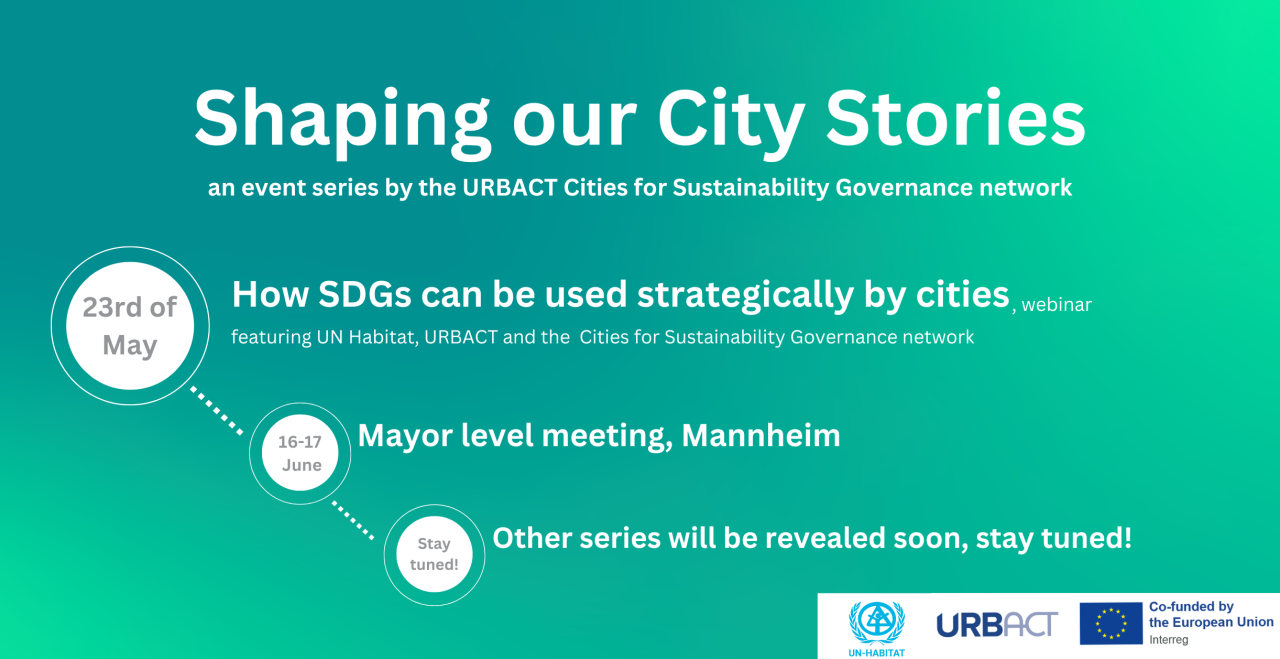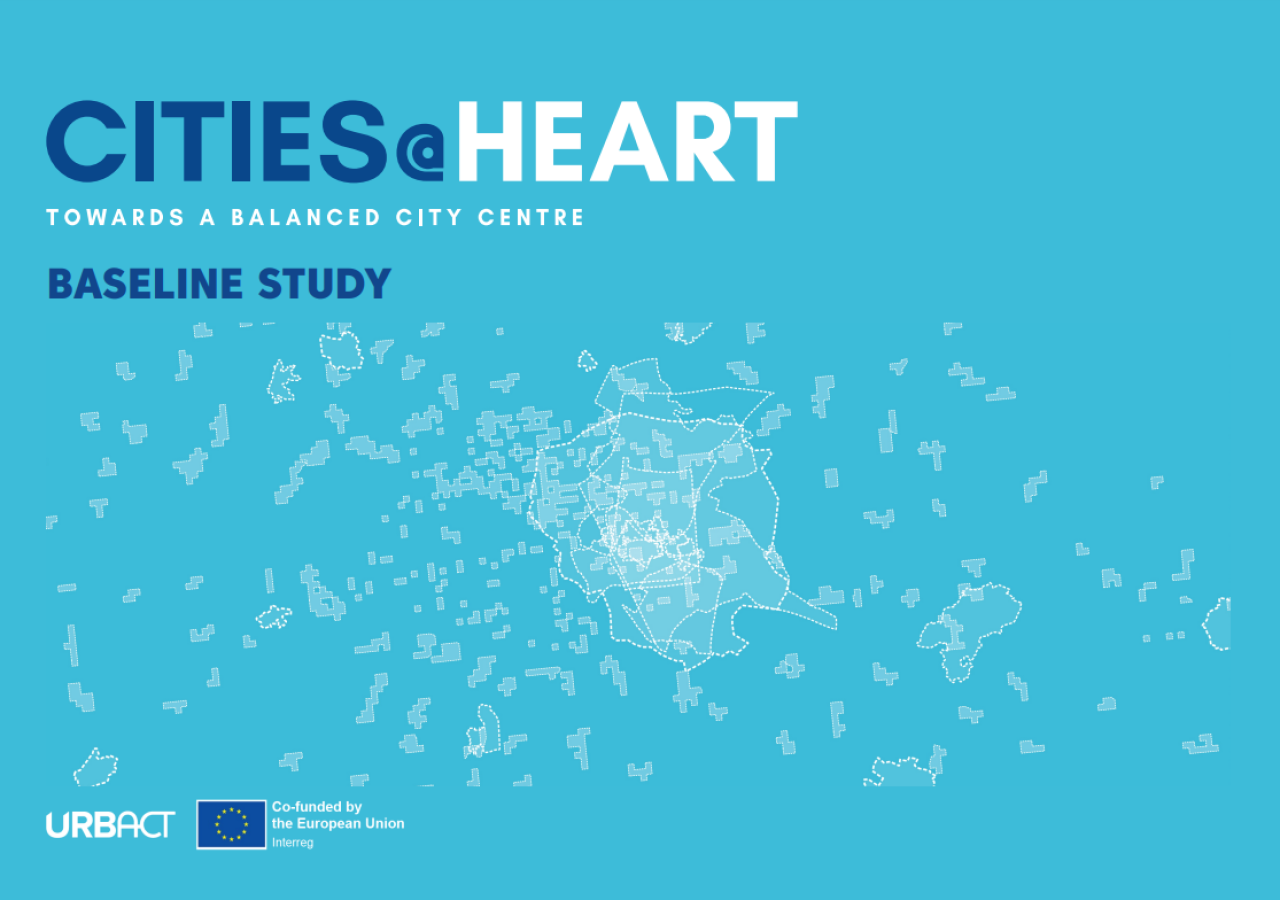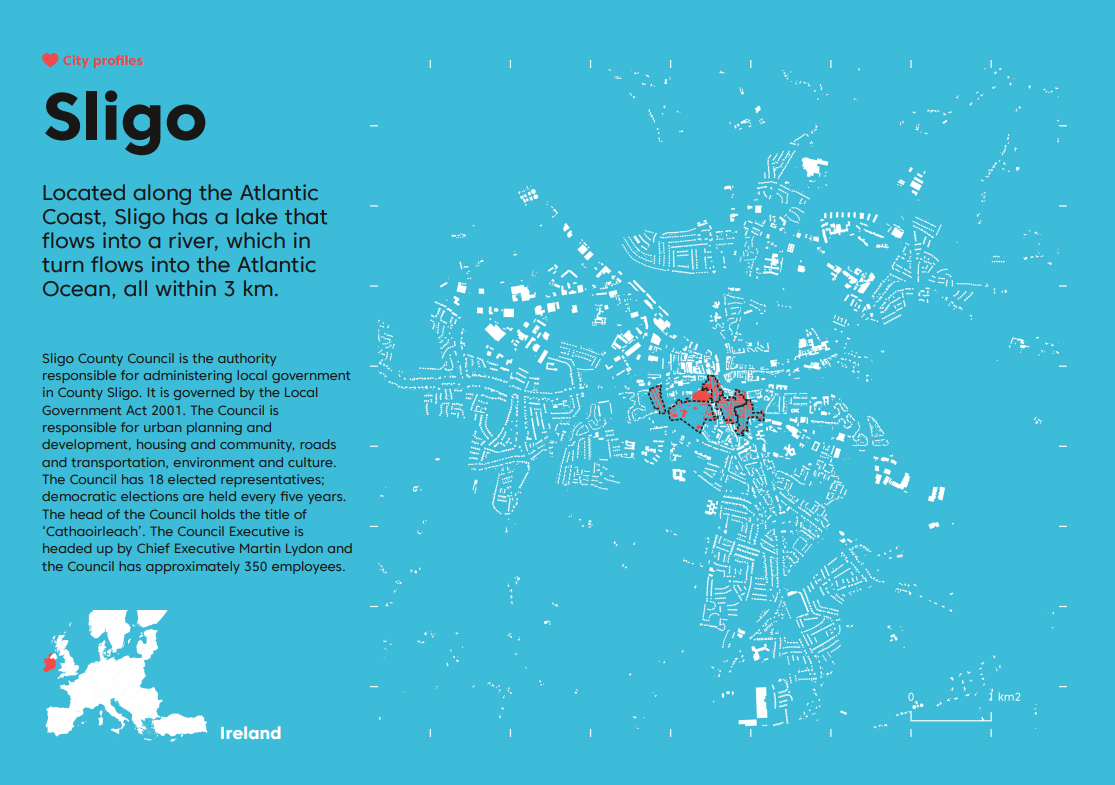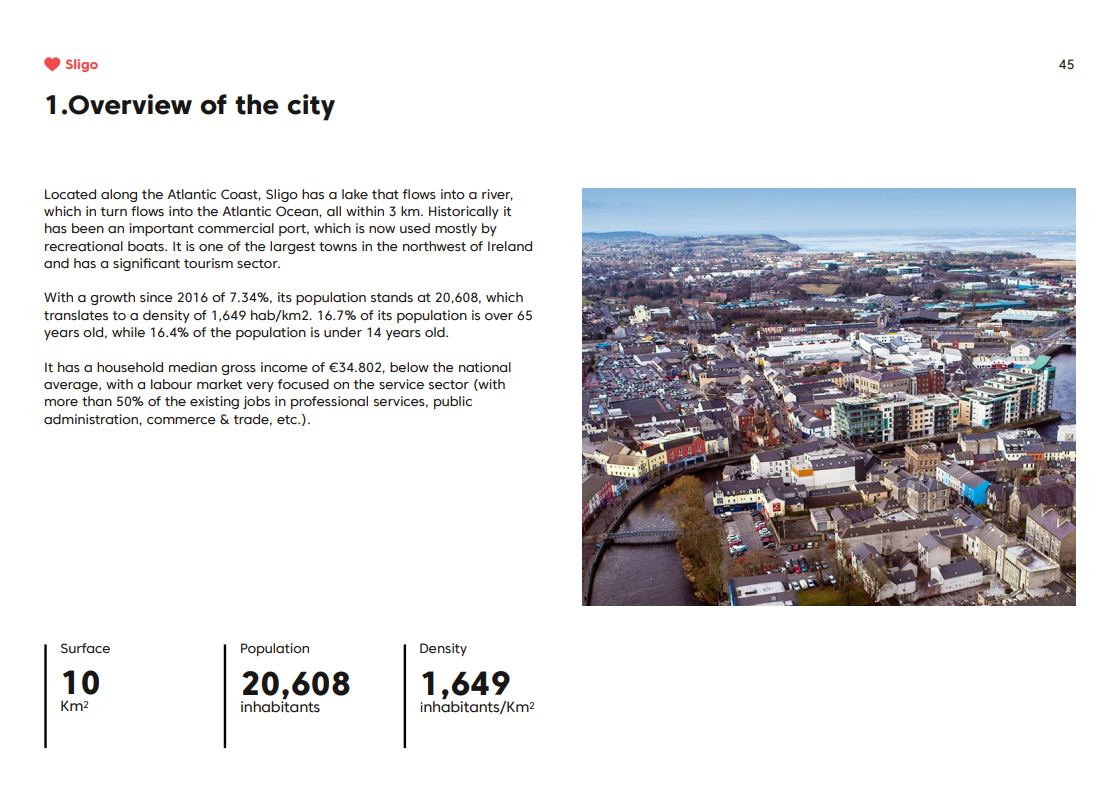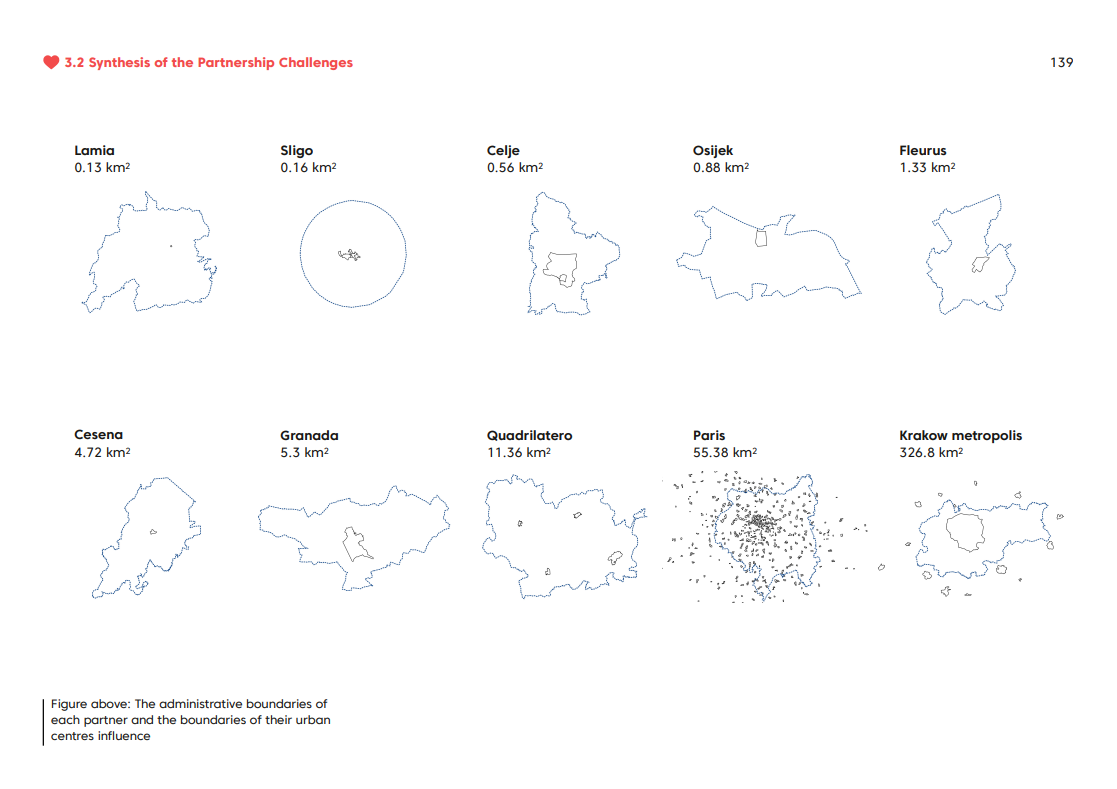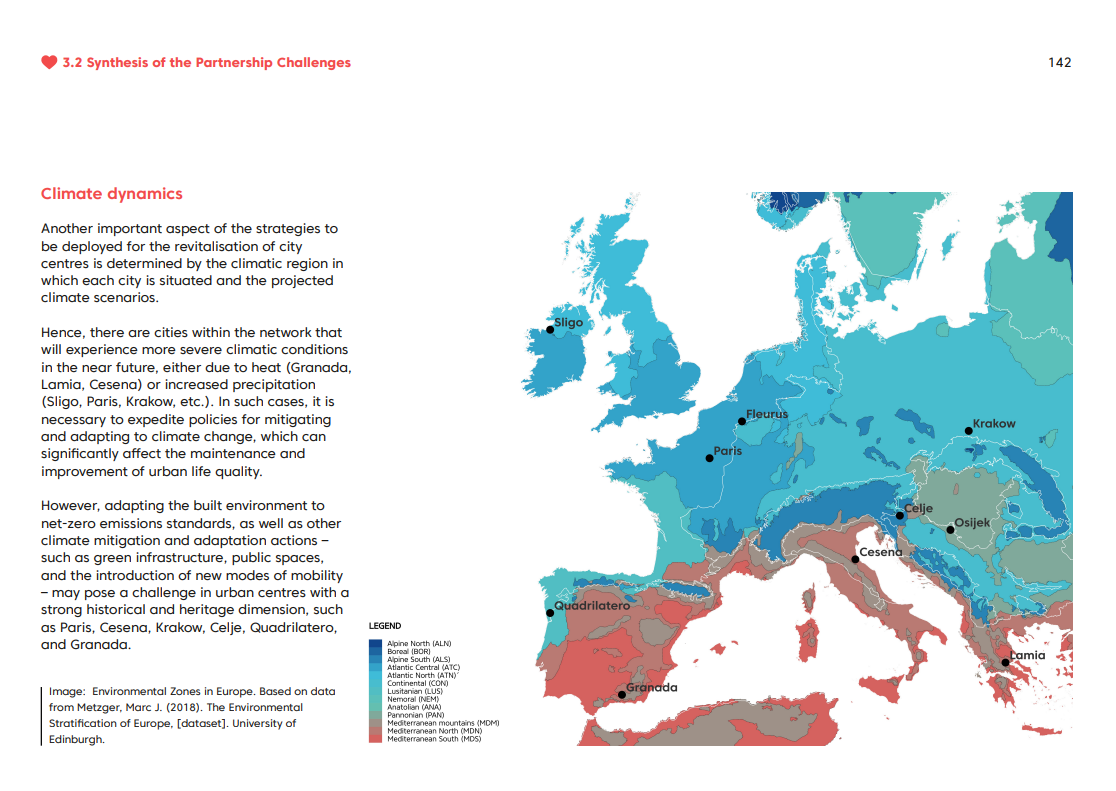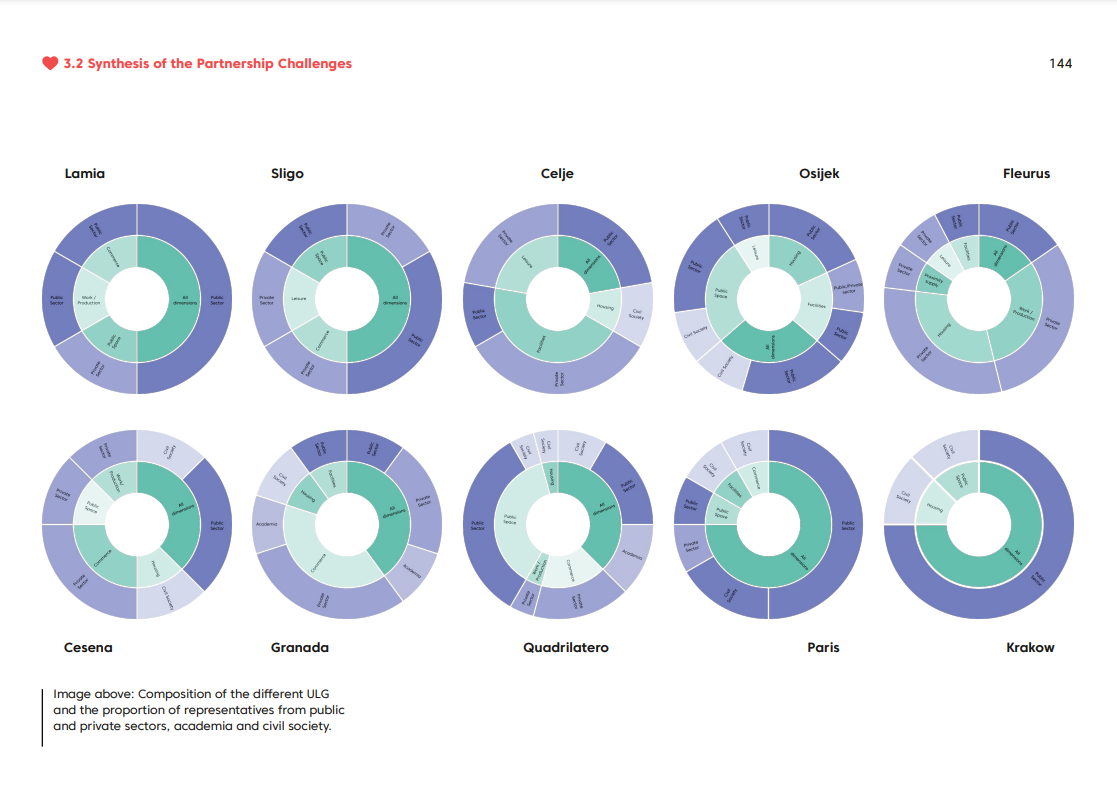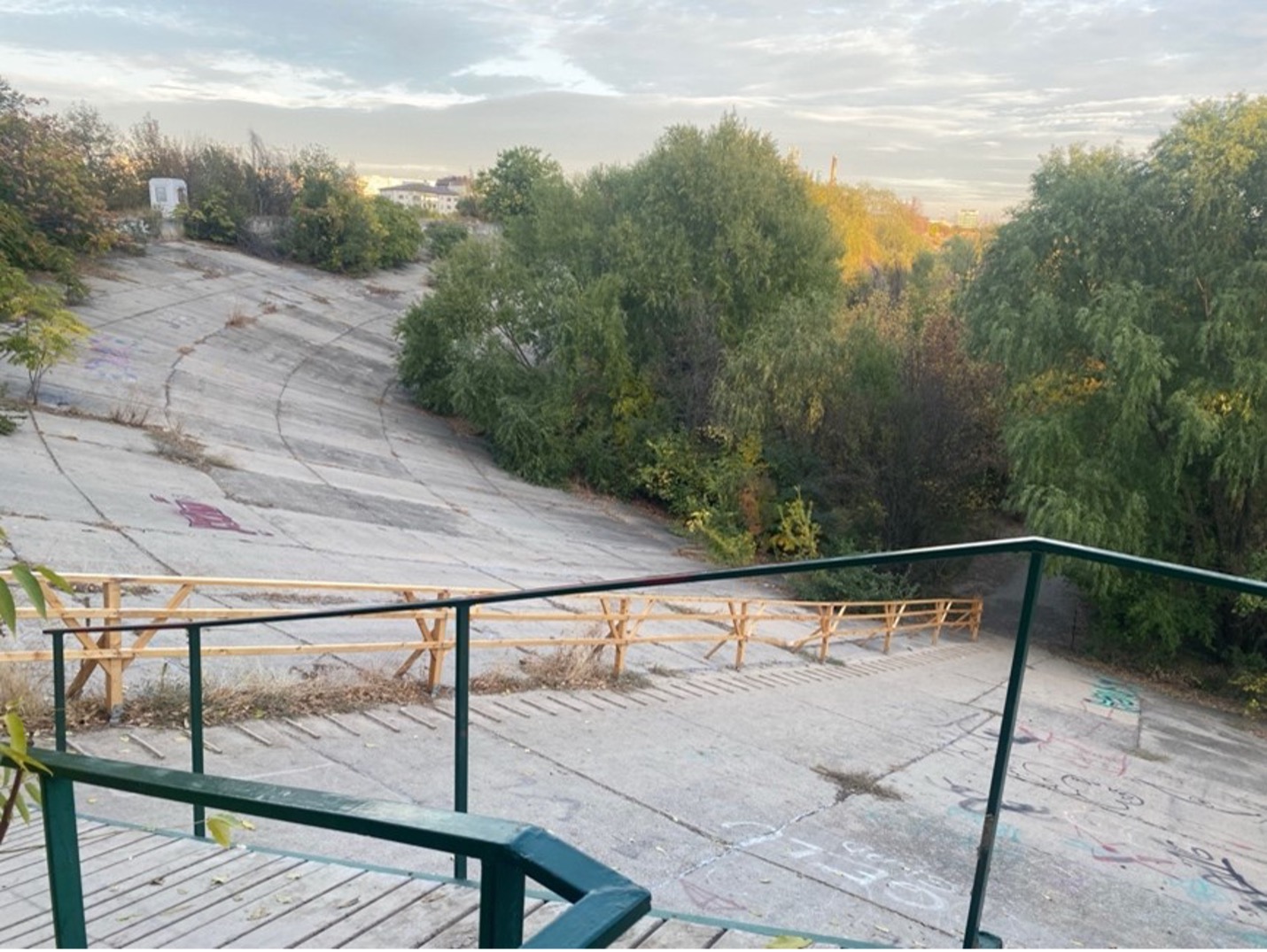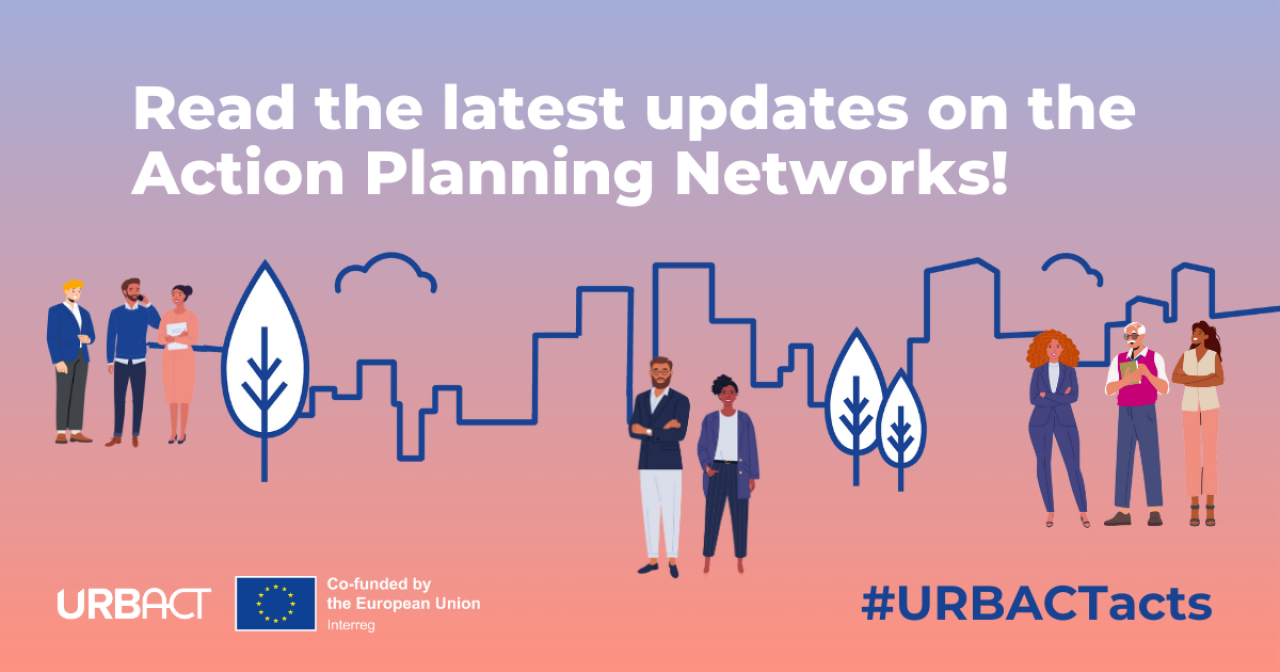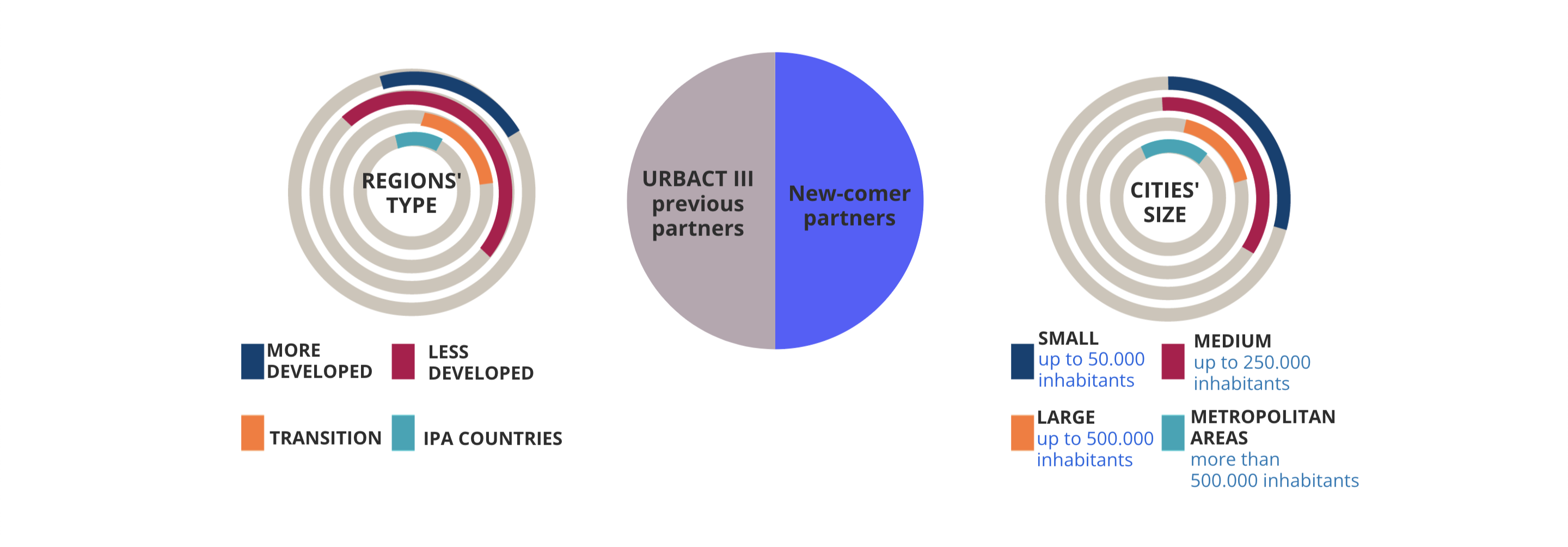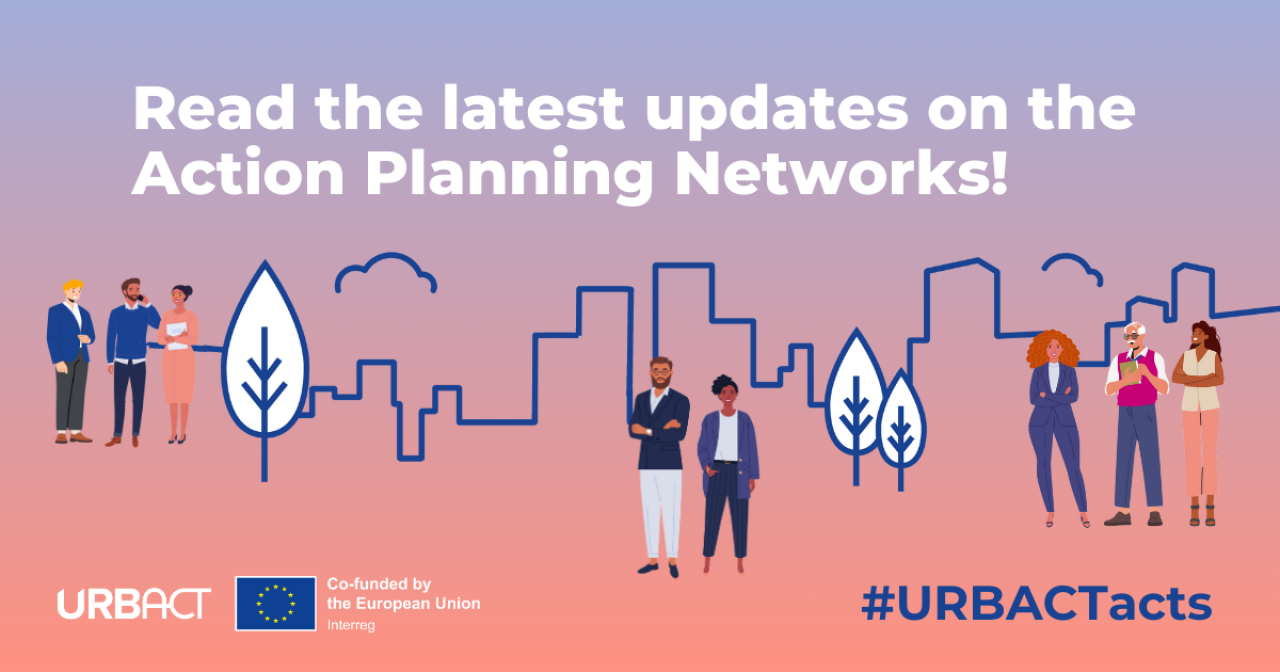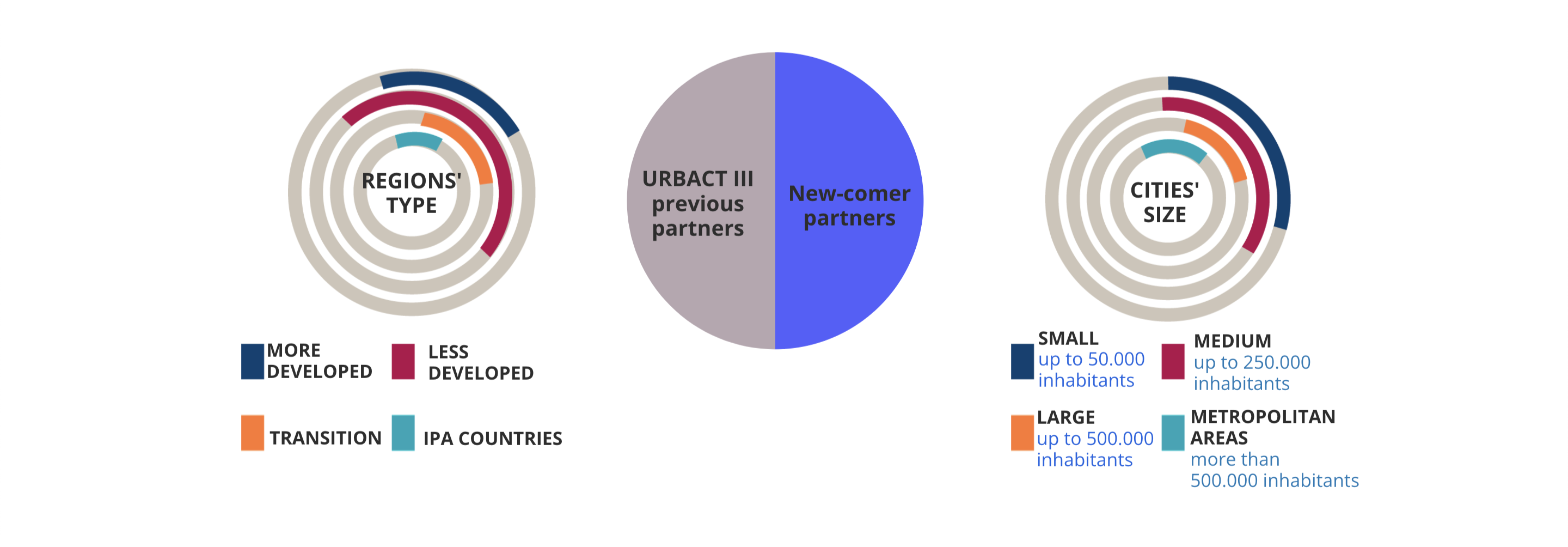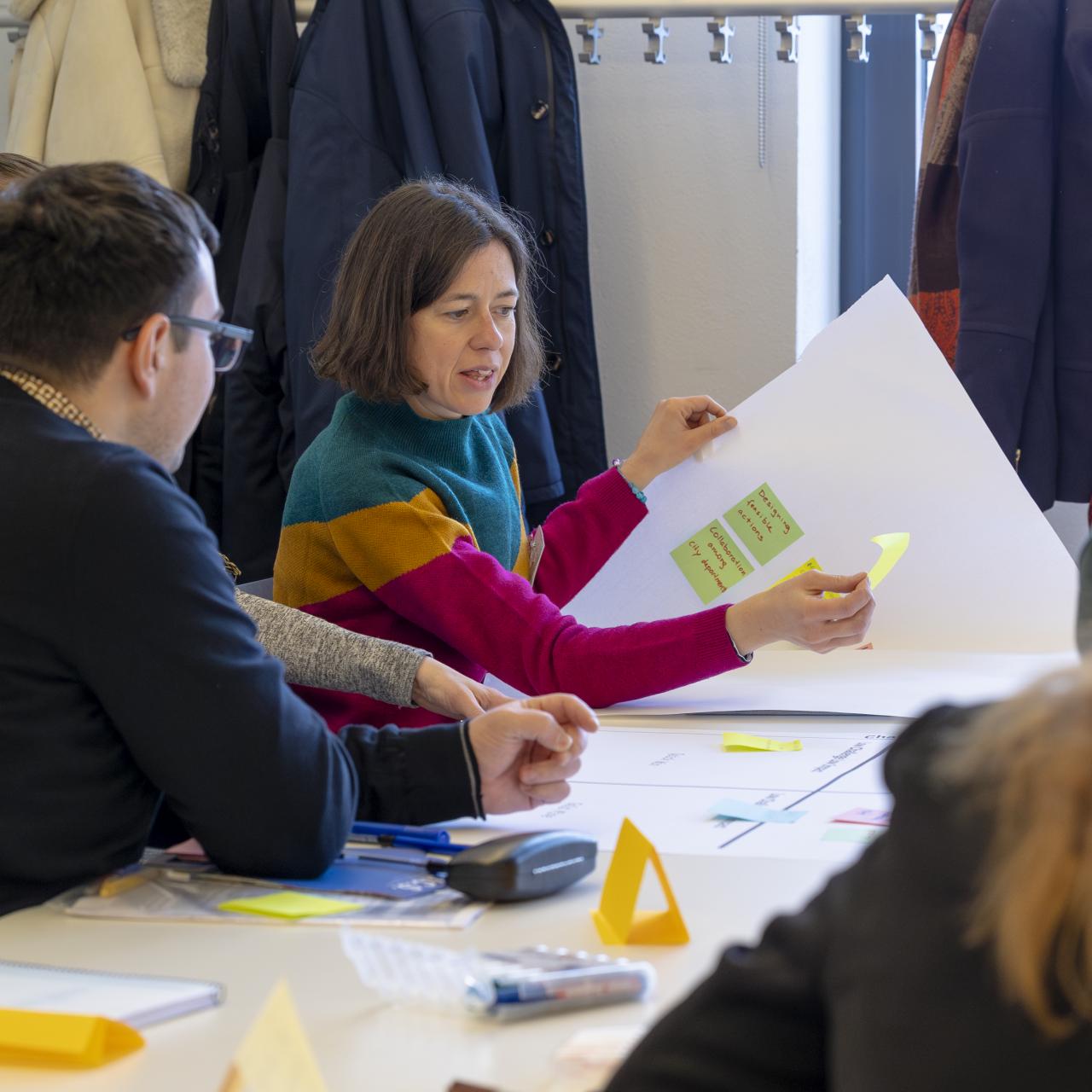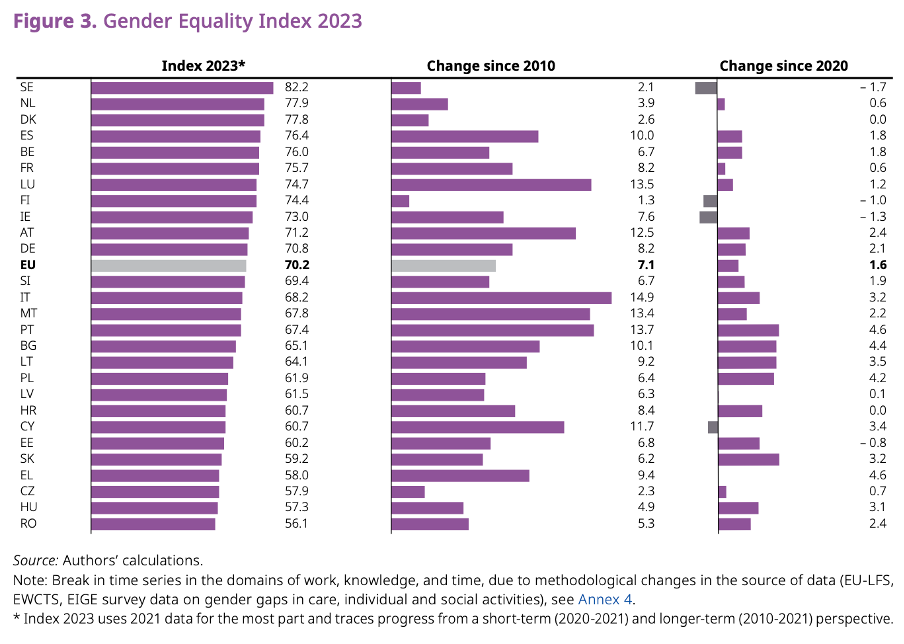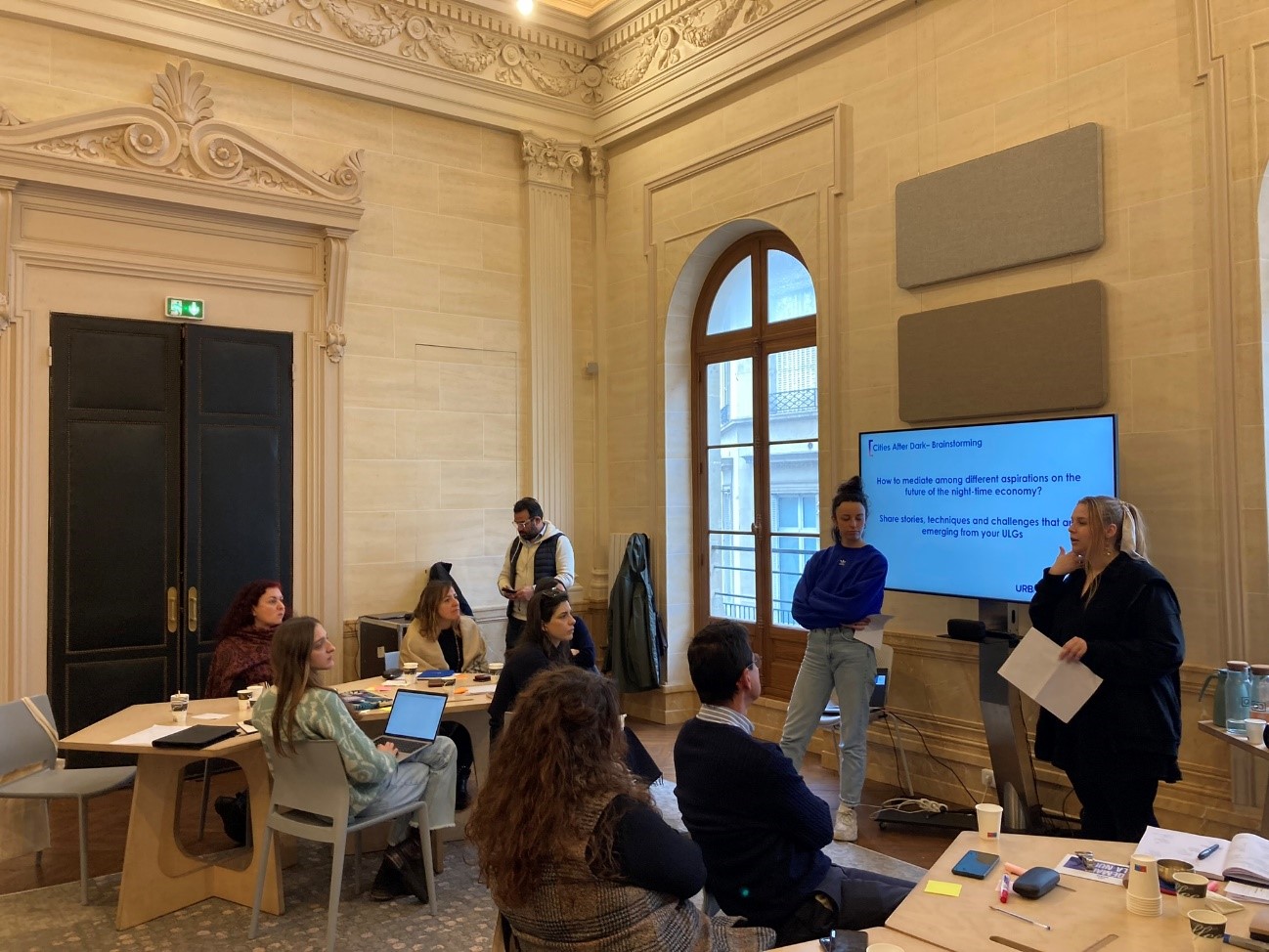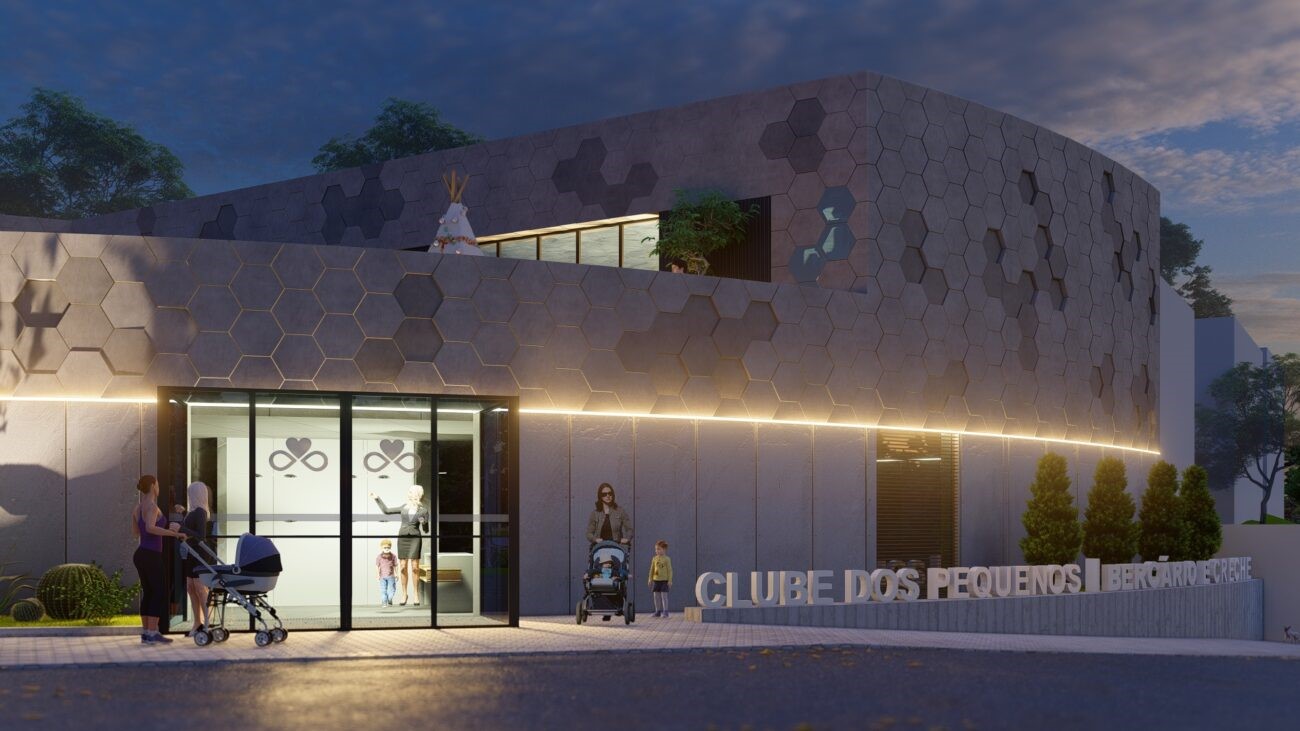But how do local governments adapt to changing narratives and mega-trends happening at the global stage? What does governance for sustainable development mean at the local level? How can cities meet people’s concerns and expectations while carrying out transformative work integrating social, environmental, and economic goals holistically?
In this event series, we explore how cities and various institutions supporting them engage in dialogue and consensus-building to move forward with shared goals and agendas. We look into how multilevel governance can be built based on the real experiences of cities and their leaders, shaping new stories of change for current and future global agendas.
The aim of this event series is to create a strategic and interactive dialogue among leaders from all levels who share the vision and mindset that in order for any global agenda to succeed, we need to listen to those getting their hands dirty with implementation at the local level. As the level of government closest to the people, we believe that cities of all sizes must participate in this dialogue and drive the conversation.
“Since their adoption in 2015, many frontrunner cities use the UN SDGs as a vehicle for implementing strategic urban governance and deliver on the promises set out in the UN 2030 Agenda – let’s put them to work” – The Cities for Sustainability Governance Baseline study.
1st Webinar | 23 May 2024 | 11:00-12:30 CET | Zoom
In this first webinar, we will explore how SDGs can be used strategically by cities to foster holistic sustainability, regardless of their starting point. We will learn about the support provided by UN-Habitat and the URBACT programme to cities around Europe and the world, and hear real testimonials from cities about how they are tackling sustainable urban development. We will also discuss how the role of local governments can be further strengthened by listening to cities’ experiences.
Through this 90-minute session, participants will learn more about some of the networks and flagship programmes in Europe and the world supporting SDG work in cities, and how to be part of the strategic dialogue.
Programme
11:00-11:05 Opening words. Stina Heikkilä, Cities for Sustainability Goverannce Lead Expert.
11:05-11:20 UN-Habitat: global perspective on SDGs in cities. Martino Miraglia, Coordinator, SDG Localization and Local Governments Team and SDG Cities Flagship.
11:20-11:45 City perspectives from the Cities for Sustainability Governance network. Hélder Costa, Presidential Support Office at the Braga City Hall, Portugal. Vasilis Zacharias, Deputy Mayor, Agios Dimitrios, Greece.
11:45-12:00 URBACT: perspectives from European networks of cities. Margit Tuennemann, Senior Policy Officer, URBACT Secretariat.
12:00-12:20 Panel discussion. Where do we go from here? Which opportunities do we have to work together?
12:20-12:30 Closing and next steps. Ville Taajamaa, Cities for Sustainability Goverannce Lead Partner Coordinator, City of Espoo, Finland.
About the organisers of the 1st webinar
Since June 2023, the Cities for Sustainability Governance (CSG) network brings together cities working on holistic sustainability, as well as the organisations supporting them in this endeavour. As a new generation URBACT network, CSG builds on the efforts started in 2021 with the largest European network yet working on SDGs: Global Goals for Cities. With close links to other networks like Eurocities’ SDG taskforce and Eurotowns’ SDG Task Team, the strategic dialogue that CSG aims to build has a wide reach and representation across the European continent. For the nine core partners of the CSG network, one may suggest that it represent the EU in “miniature”. Find out more about the CSG network here.
UN-Habitat, as the UN body responsible for the New Urban Agenda, is the most prominent organisation in the UN system supporting cities in achieving sustainable urban development and localising the SDGs. Through flagship programmes like SDG Cities, UN-Habitat is providing a platform for cities to gradually strengthen how they tackle the SDGs. UN-Habitat operates in 90 countries and is supporting localization efforts in over 15 countries, including Voluntary Local Review (VLRs). It supports cities worldwide through innovative research, guidance, technical assistance and capacity building. UN-Habitat also supports the engagement of local governments in high-level SDG conferences, and other advocacy networks, including the Local2030 Coalition and the SDG Cities Global Network. Learn more about the work of UN-Habitat on SDG localization here.
Future events
The event series will start with the first webinar on 23 May 2024 (see above) and culminate in an in-person SDG conference in the city of Espoo, Finland, in September 2025. The aim is to host an open, strategic dialogue about the role of cities in global agendas. Other events in the series include (the list is evolving continuously):
16-17 June 2024, Mannheim, Germany. An exclusive in-person mayor-level meeting and workshop in the city of Mannheim, Germany, on 17 June 2024, preceded by a welcome reception on 16 June. The goal of the meeting is to set the scene for a shared journey for European mayors who are at the forefront of promoting sustainable urban development and the UN 2030 Agenda. The meeting will feature an exclusive storytelling workshop designed to explore each city’s unique story and contribution, facilitated by Dr. Barbara A. Karanian, Stanford University, USA.
4-8 November 2024, 12th World Urban Forum, Cairo, Egypt (TBC). CSG has submitted a side-event event proposal for the World Urban Forum 2024. The event aims to present how SDGs can be used in so called “localization” process in order to create strategic, holistic and future oriented action to achieve the SDGs. It happens through a facilitated and dialogue driven approach using “The SDG Analyses” -process, which is based on experiences of European and global cities.
May 2025, 2nd Webinar, online. Our next webinar aims to share progress from the strategic dialogue and actions taken in CSG partner cities during the year. It will further set the scene and invite reflections on the agenda of the SDG conference organised in the city of Espoo, Finland.
September 2025, SDG conference, Espoo, Finland. This global conference will be the final event of the series and be held in-person in Espoo, Finland. Marking 7 years as a forerunner SDG city, the conference will bring together leaders from all over the world around the theme of shaping city stories of change.
For more information or to propose an event opportunity / collaboration, please contact our communication officer Karin Luhaäär: Karin.luhaaar@tallinnlv.ee


